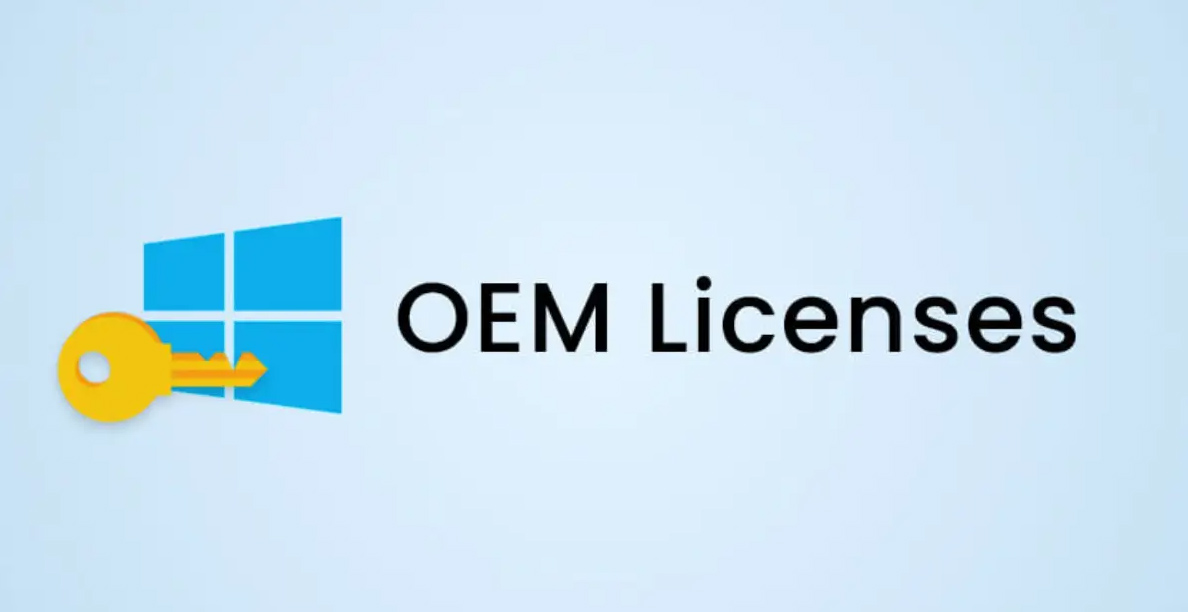
OEM stands for “Original Equipment Manufacturer”. These type of licenses are often pre-installed on a new devices. Hardware manufacturers buy them in bulk. You can also install it on your own computer, but then it binds to particular device and even though you can re-install it, you won’t be able to install in on a another computer. OEM licenses are limited in free upgrades and support from Microsoft. On the other hand. Retail licenses receive full support and upgrades, as well as the ability to transfer the license to new devices. With that said, Retail licenses tend to be more expensive than OEM.
When choosing between OEM and Retail licenses, consider your specific needs and preferences. If you plan to use the software on a fixed device and want a budget-friendly option without transfer requirements, the OEM license may be suitable. However, if you value flexibility, the ability to transfer licenses between devices, and access to additional features and support, the Retail license is the better choice. Ultimately, understanding these key differences will help you make the right decision based on your individual requirements and circumstances.
